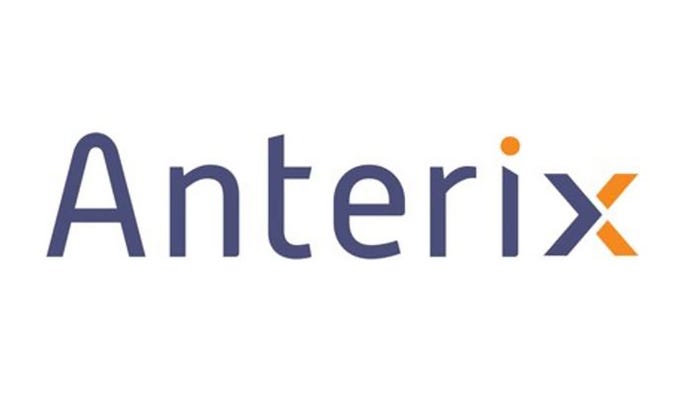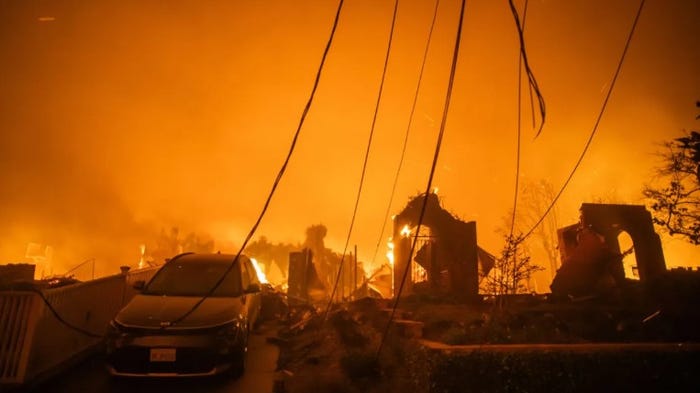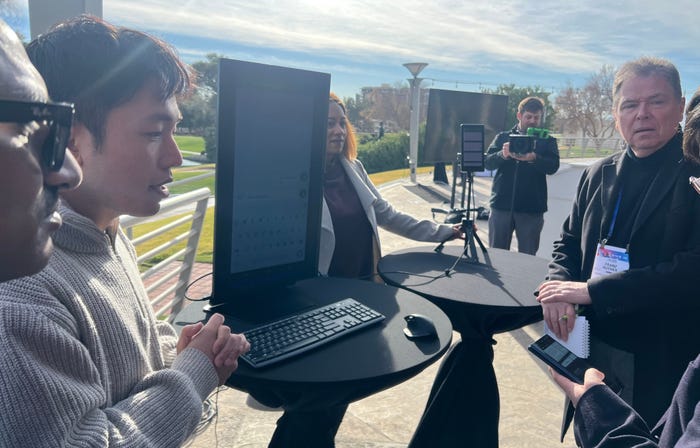June 26, 2023

Every time I read about a public safety agency being short staffed, with a burnt-out workforce, draining their overtime budget, I feel their pain.
From New York to New Mexico and in communities all across the nation, police and fire departments routinely are forced to mandate longer shifts, which takes an emotional toll and raises the risk of errors being made by exhausted public-safety officers.
Short staffing was one of my top worries when I served as head of the 911 emergency call center in Washington, D.C. We were so disappointed when we had to go back to 12-hour shifts after trying out shorter shifts for 911 dispatchers. Unfortunately for the leaders of many public-safety departments, it is a choice between bad options, with real lives at stake.
According to a recent study, nearly half of all emergency call centers across the country are facing serious workforce shortfalls. The problem appears to affect parts of every state and every size of 911 center. Many 911 agencies reported vacancy rates of 50% or more.
More employees would be nice, and as a nation, we need to do much more to recruit, train, and reward the hard-working women and men of 911. But qualified people are not always available when needed.
Better technology is the surefire way to address many of our workforce challenges.
The legacy 911 system was designed in the days of landline telephones. The primary mode of communication to this day is the human voice, and caller data is difficult or impossible to integrate. Most 911 centers are filled with disparate systems—purchased separately—that must interoperate smoothly for us to handle calls for help. This hodgepodge falls far short of what today’s technology enables and what consumers expect in a smartphone world.
NG911 is the next generation of 911 technologies and standards, based on Internet-Protocol (IP) infrastructure. NG911 enables information-rich calls—including voice, video, and automated data sharing—from the caller and her smartphone to the emergency communications center.
As it becomes widely adopted, 911 call centers will be able to instantly pinpoint a caller’s location, see what’s happening, and share crucial information with field responders before they arrive. Dispatchers will be able to send the correct number of police, fire, and EMS personnel and apparatus, or they can divert callers to resources such as suicide hotlines and mental health workers, resulting in better responses and cost savings.
When crises erupt in crowded areas, NG911 will enable dispatchers to sift through hundreds of incoming calls quickly and focus on those with the best information. When disasters strike or cyberattacks occur, NG911 will enable seamless sharing of the burdens created by 911 calls across city, county, and state lines.
In short, NG911 will enable the 911 system to gather and share crucial information from multiple sources much more quickly and precisely than humanly possible, while reducing the strain on 911 professionals in the process.
And rather than requiring every public-safety department to maintain data centers, software, and IT staff on site—and to undergo disruptions whenever systems are upgraded—cloud-based systems can be monitored and maintained by off-site specialists.
When a 911 team must work with rudimentary technology that is cobbled together and difficult to work with, more mistakes occur, field responders are over- or under-sent, and everyone gets frustrated. Recruitment and retention are needlessly difficult, especially with the younger workers who are crucial to our future.
In contrast, employees are attracted to—and will stay longer with—organizations that employ modern technology to enhance productivity and simplify complexity.
At present, many states and communities are on track to adopt NG911 over the next few years, but overall, the United States has an uneven patchwork of NG911 “haves” and “have nots.” For the good of all citizens, residents, visitors, and public safety officers, we can and must do better.
NG911 can help solve the workforce and overtime problems plaguing public safety all over the nation. The technology is here today; what’s desperately needed is full support from local, state and federal leaders to accelerate the NG911 transformation, so that public safety can do their life-saving work as efficiently as possible.
Karima Holmes is a public-safety communications expert who has served as the director of several 911 centers across the country, including the Office of Unified Communications for Washington, D.C. She is currently the VP of Public Safety at Carbyne, a New York-based company.






